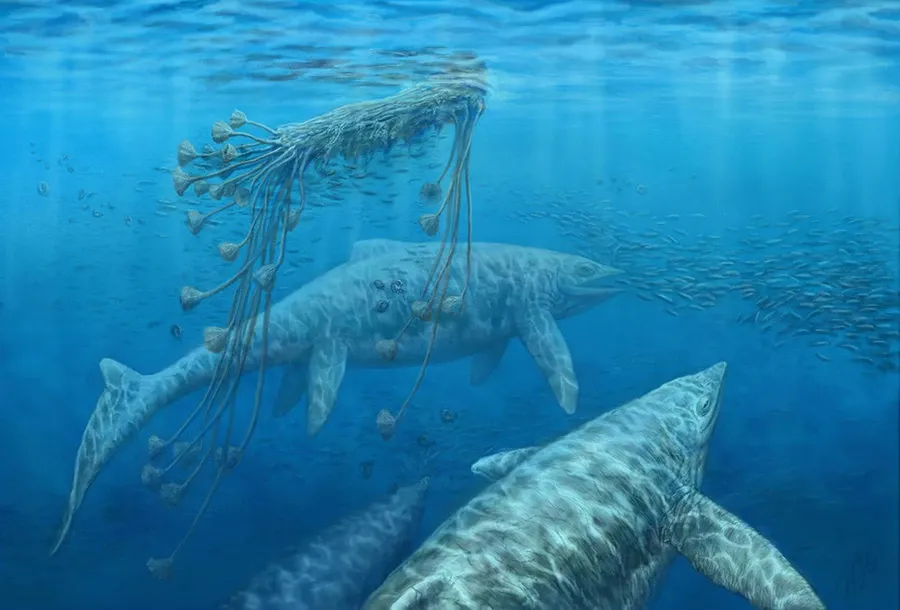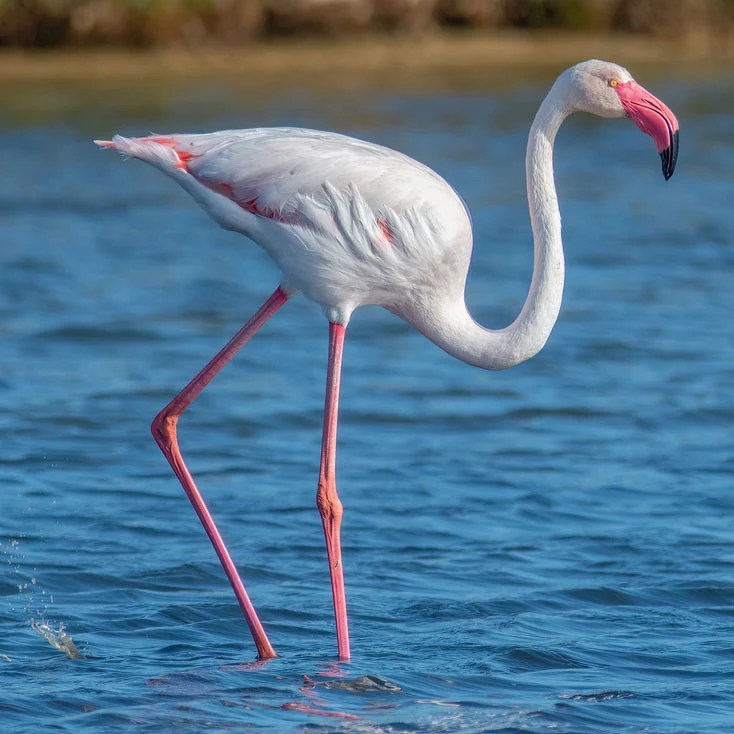Planets emerge from the dense disk of gas and dust encircling young stars.
Credit: NASA

Accretion disc
Look in the Bible for a description of how planets are formed, and you can search all day in vain. It simply isn't there. In fact, the very concept of planets and planetary orbits isn't there.
What the Bible myth describes is a childlike guess at the formation of the universe by people who thought the entire universe was the small part of Earth they lived and herded their goats on. So, they described it as a small, flat place, floating in the sea, with a dome over it (because that's what the sky looked like to them).
Stuck to that dome were the sun and moon as lamps, and what we now know are planets, stars and far-off galaxies, they thought were lights stuck to the underside of the dome. They even guessed that there must be pillars holding up the ground and that the stars could be shaken loose from the dome by earthquakes, when they would fall to Earth and could be stamped on by a goat, albeit a big goat!
Don't believe me? Find a Bible and read Genesis 1: 1-18 and Daniel 8:10. Nowhere will you find the words planet, orbit or accretion disc.
What you get is exactly what you might expect if you brought up a child to believe in magic and magic spirits but kept them away from any sources of information about science, geography, geology or cosmology, then, at about the age of 10, asked them to describe the universe and make up a story about how it was made. What you would get is what you get if you use a creationist form of deductive logic - you just look at it and describe what you think you see.
You get the result of ignorant intuition, which is about as far removed from what is really there and how it came to be the way it is as its possible to be.
We know this because we can compare the results of that method in the Bible with the results of scientific investigation and the scientific method used to describe how planets are really formed as part of the process of forming suns and planetary systems within galaxies which are themselves a tiny part of a vast universe consisting of trillions of galaxies, each with trillions of suns and probably several trillion planets in orbits around those suns, almost none of which is visible to someone standing on the surface of Earth and 'just looking'.
The following article by Christian Ginski, a Lecturer of astronomy at the University of Galway, Ireland described what we now know of hos planets are formed and just how many there might well be in the cosmos. His article is reprinted under a Creative Commons license, reformatted for stylistic consistency:





































